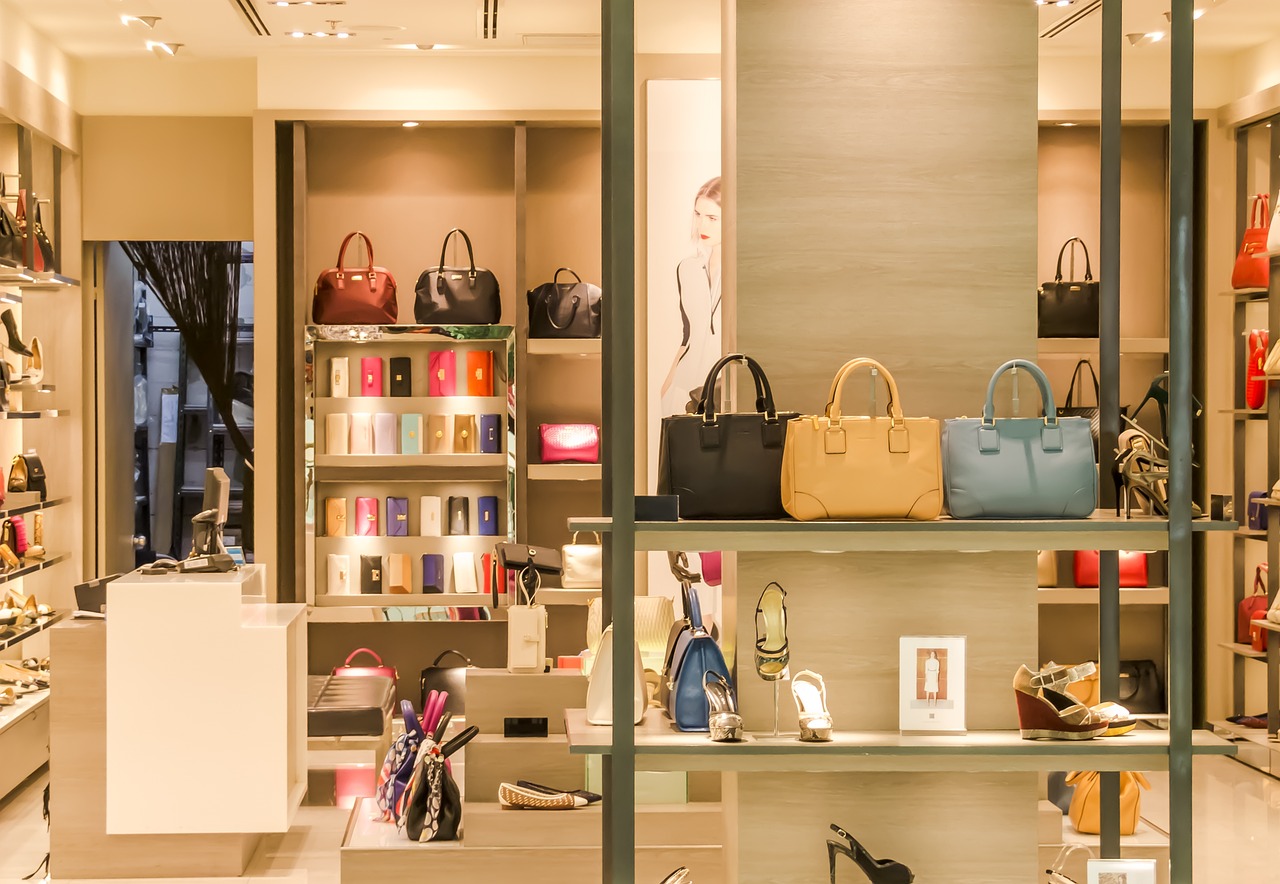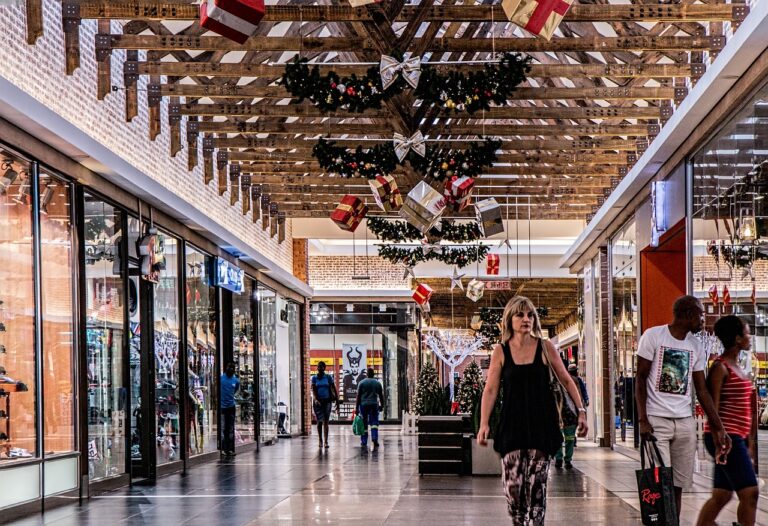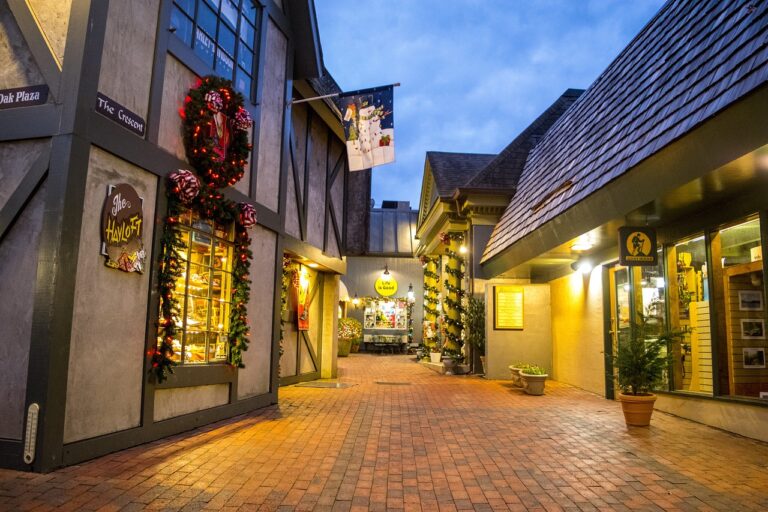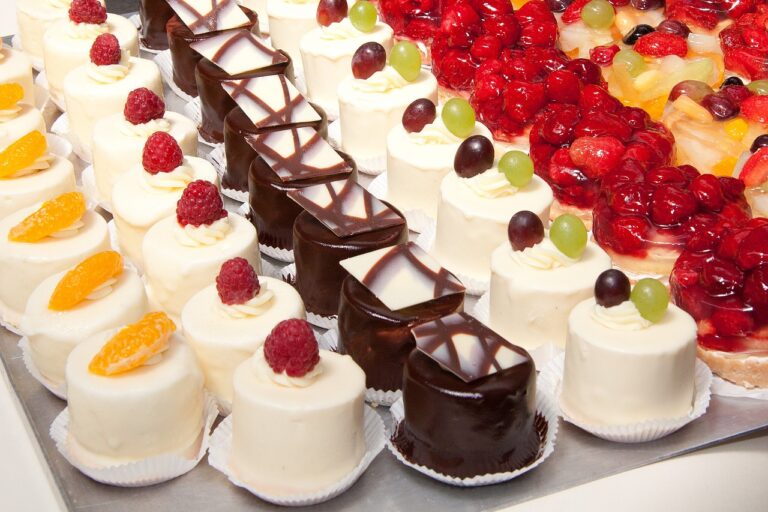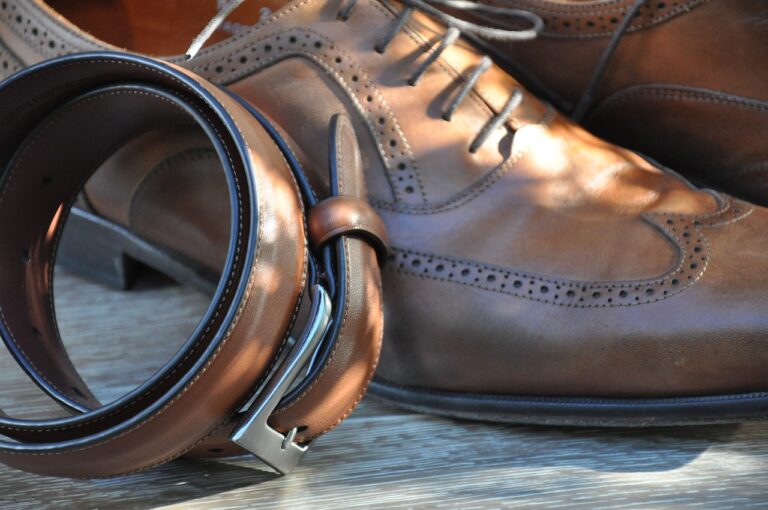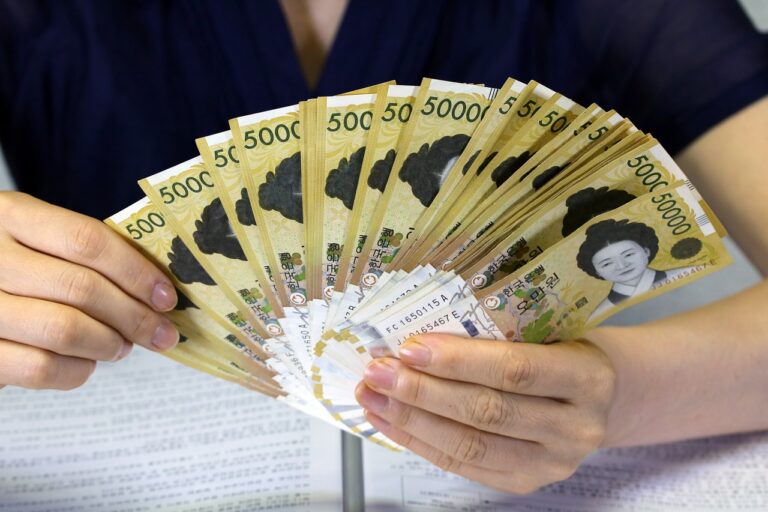The Psychology of Impulse Buying: Strategies for Retailers to Encourage Spontaneous Purchases
Impulse buying behavior is a common phenomenon that many consumers experience at some point during their shopping trips. It often involves making unplanned purchases on a whim without much prior consideration. This impulsive behavior can be triggered by various factors such as attractive product displays, limited-time offers, or personal mood.
Consumers tend to act impulsively when they are presented with certain stimuli that evoke emotional reactions or unconscious desires. These stimuli can range from eye-catching packaging to persuasive sales tactics, enticing shoppers to make impulse purchases. Understanding the psychology behind impulse buying behavior is essential for businesses to capitalize on these tendencies and optimize their marketing strategies accordingly.
Impulse buying behavior is characterized by making unplanned purchases on a whim
Factors such as attractive product displays, limited-time offers, or personal mood can trigger impulsive behavior
Consumers tend to act impulsively when presented with stimuli that evoke emotional reactions or unconscious desires
Stimuli can range from eye-catching packaging to persuasive sales tactics
Understanding the psychology behind impulse buying behavior is essential for businesses to optimize their marketing strategies
Factors Influencing Impulse Purchases
Impulse purchases can be influenced by various factors, with one of the main drivers being emotional triggers. Emotions like excitement, happiness, or even stress can lead individuals to make spontaneous buying decisions without fully considering the consequences. Retailers often capitalize on these emotional states by strategically placing tempting items near checkout counters or using promotional techniques that evoke strong emotional responses.
Additionally, social influences play a significant role in prompting impulse purchases. Observing others making purchases or receiving positive feedback on social media about a product can create a sense of urgency or a fear of missing out, driving individuals to make impulsive buying decisions. The need to fit in, seek approval, or keep up with trends can all contribute to the pressure felt by consumers to make quick purchases without much deliberation.
Creating an Appealing Shopping Environment
For many retailers, the physical layout and design of the store play a crucial role in influencing consumer behavior. The strategic placement of products, visually appealing displays, and clever use of lighting can all contribute to creating an environment that entices customers to make impulse purchases. By utilizing techniques such as product grouping, highlighting promotional items, and incorporating interactive elements, retailers can enhance the overall shopping experience and increase the likelihood of spontaneous buying decisions.
Moreover, the incorporation of sensory elements like pleasant scents, soothing music, and tactile product displays can engage customers on a subconscious level, creating a more immersive and pleasurable shopping experience. Retailers who pay attention to these details and invest in creating a visually appealing shopping environment are better poised to capture the attention of shoppers and stimulate impulse buying behavior. Ultimately, by focusing on the ambiance and aesthetics of the store, retailers can cultivate a space that not only attracts customers but also encourages them to make spontaneous purchases.
What is impulse buying behavior?
Impulse buying behavior refers to the tendency of customers to make unplanned purchases, often prompted by emotions or a desire for instant gratification.
What are some factors that influence impulse purchases?
Some factors that can influence impulse purchases include product placement, sales promotions, emotional triggers, social influence, and the overall shopping environment.
How can a retailer create an appealing shopping environment?
Retailers can create an appealing shopping environment by focusing on factors such as store layout, product presentation, lighting, music, customer service, and overall ambiance to enhance the shopping experience for customers.

